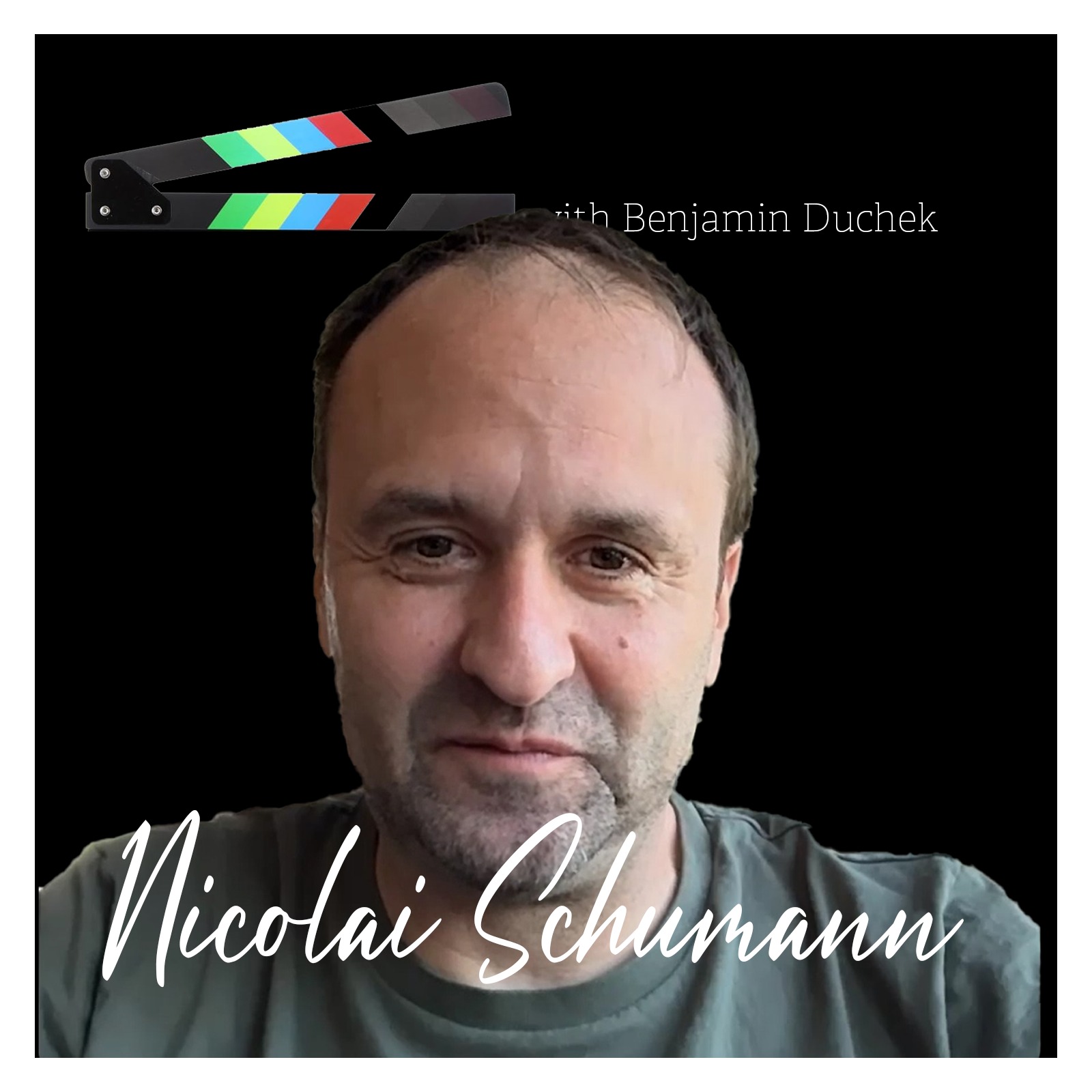Nicolai Schumann
- Author
- Benjamin Duchek
- Published
- Fri 18 Jul 2025
- Episode Link
- https://redcircle.com/shows/9ddc691d-2273-47d5-a1b9-5a4acb0670f5/episodes/bf4e8300-2443-427d-978c-6568e4c173f3
Bottle films, films made predominately in one location, are like playing with fire. There’s not a lot of room to make a good film if you don’t cast well, for instance, or if the location of your bottle isn’t fantastic. My guest, director Nicolai Schumann, understood all this….because he watched a bunch of the previous bottle films…and went ahead with THE LONELY MUSKETEER (2024) anyway. And I’m so glad that he did.
The film tells the story of “the psychological downfall of a man who is highly traumatized by life.” Along the way, it’s earned numerous awards, including cinematography at the 2025 Raindance Film Festival. And Nico is here to talk about it with me today.
In this episode, Nico and I discuss:
- The clausterphobic nature of his film and what people should expect to see when they watch THE LONELY MUSKETEER?
- The pairing of investment bankers and hooligans in London that made this film;
- The secret to success for the feature film that won best cinematography at Raindance 2025;
- Why they cast Edward Hogg for a film that centers around a man locked in a box;
- How he feels about bottle films;
- Utilizing color throughout the film as well as putting important scenes in the credits;
- Whether he can trace awards won to tangible benefits for the film;
- London as an indie filmmaking location;
- What he’s working on now” — “three teenagers who decide on a suicide pact in the backdrop of Thatcherism”;
Nico’s Indie Film Highlight: JAMES (2024) dir. by Max Train
Memorable Quotes:
“The next decision I made, stylistically or creatively, is that there is not a single camera movement in the whole movie. So our big role model for that was a shower scene in PSYCHO;
“ If there's not a hundred percent certainty that the actor can put it off, we wouldn't have done it.”
“ The other thing which was really important for us is that we got the visuals right…that we started with wide lenses and then we went to long lenses over the movie so that the walls were literally closing in on the actor.”
“The credit sequence is there to keep the audience guessing.”
Links:
Support this podcast at — https://redcircle.com/first-time-go/exclusive-content
